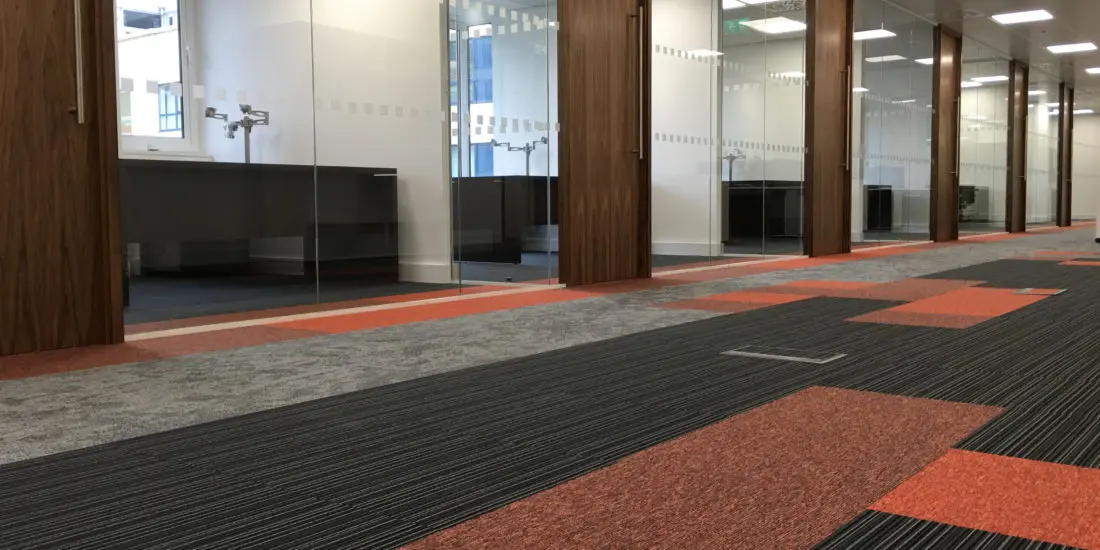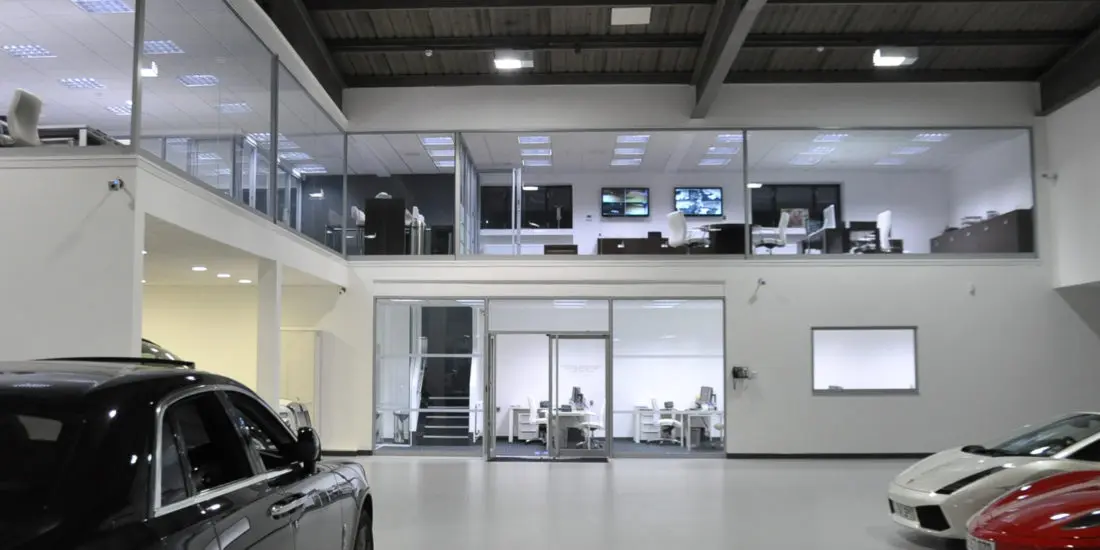If you’re planning on moving soon, you may be wondering whether you should get a cat A or cat B fit out. Here are 5 ways to tell the difference between the two, so you can make the best decision for your needs.
Size
A cat A fit out is usually smaller in square footage than a cat B fit out. This difference in size is typically due to the fact that a cat A space is meant for fewer people than a cat B space. As a result of its smaller size, a cat A fit out will have less furniture and fewer accessories than a cat B fit out.
While a cat A fit out is typically smaller overall, this does not mean that it feels cramped or cluttered. In fact, many people prefer the coziness of a well-designed cat A space. With fewer windows and doors, a cat A fit out can often feel more intimate and private than a cat B fit out.

Windows
The number of windows is one key difference between a cat A and cat B fit out. Typically, a cat A fit out will have fewer windows than a cat B fit out. This is due to the fact that a cat A space is generally smaller than a cat B space. The number of windows in a fit out can affect the amount of natural light that enters the space. Having fewer windows may make a space feel more enclosed or intimate.
Doors
As mentioned before, the number of doors is a key difference between a cat A and cat B fit out. A cat A fit out will usually have fewer doors than a cat B fit out. This is because a cat A fit out is typically smaller than a cat B fit out.
However, there are some exceptions to this rule. For example, if the cat A fit out is for an office space, then it may have more doors than a cat B fit out for a retail space. In general, though, you can expect a cat A fit out to have fewer doors than a cat B fit out.
This can be attributed to the fact that a cat A fit out is usually smaller in overall size than a cat B fit out. Therefore, it stands to reason that there would be fewer doors in a cat A fit out simply because there is less space for doors. Another factor that contributes to the door difference is the number of windows. Typically, a cat A fit out will have fewer windows than a cat B fit out. This means that there is less need for doors in a cat A fit out since there is already ample natural light coming in through the windows.














